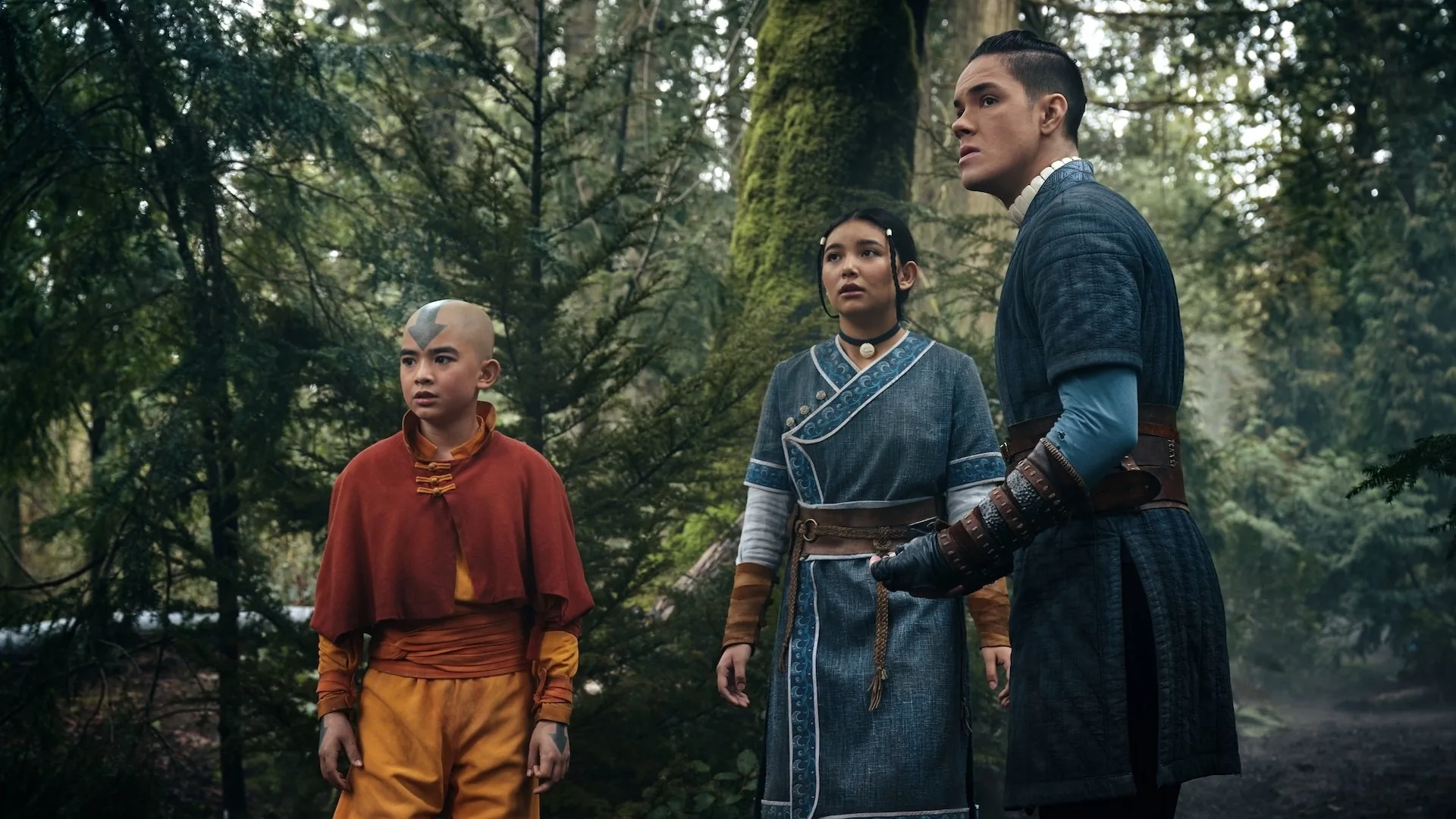The Spirit World is introduced in Avatar: The Last Airbender season 1, raising many intriguing and alarming concerns about the equally amazing and scary region. Episode 5 of The Last Airbender on Netflix is the Spirit World’s first full appearance.
The episode follows the naturally fanciful voyage described in Book One of the original Last Airbender series as Aang, Katara, and Sokka travel to the Spirit World to look into a case of missing villagers who have been abducted by bad spirits.
Aang, Katara, and Sokka must deal with both the psychological and physical dangers that the Spirit World presents to them throughout their voyage there.
The Spirit World serves as a turning point for many stories in both the Netflix live-action series and the original animated film, including those involving Sokka and Katara’s parents, Aang’s connection to his past, and even the character’s reconciliation with previous Avatars.

Many questions are also brought up by this excursion, particularly about the Spirit World and its relationship to the mythology surrounding Avatar.
The Last Airbender’s spirits reside in the Spirit World
The Spirit World is home to the spirits of the universe of Avatar: The Last Airbender, as suggested by the name of the realm. The two universes are noticeably quite different, although they coexist in part on the same plane.
But because they exist together, spirits can manifest in the material world, as demonstrated in season one of Avatar: The Last Airbender. Even with this power, the spirits almost invariably go back to dwell in the Spirit World because they haven’t lived in harmony with people for ages.
The Avatar’s connection to the Spirit universe is one aspect of their position in the universe of The Last Airbender. Nevertheless, the live-action Netflix series does not go into great detail about the precise relationship between the Avatar and the other universe.
Like countless previous Avatars before him, Aang is in charge of preserving the world’s equilibrium. As is clear, this is accomplished by maintaining peace among the Four Nations; the main way this is addressed in The Last Airbender’s main plot is through Aang’s efforts to halt the Fire Lord’s war.
Even though maintaining harmony between the Spirit World and the material world is an essential aspect of the Avatar’s duties, maintaining the Four Nations is much more vital. Later on, Avatar Kuruk—the final Waterbending Avatar before Aang—confirms this, telling the titular Airbender that he spent most of his life battling evil spirits.

It is Aang’s and his ancestors’ responsibility as the Avatar to serve as a conduit between the material and spiritual realms so that spirits and humans can coexist in harmony.
Although it isn’t explained in Netflix’s Avatar: The Last Airbender, The Legend of Korra, the follow-up to the original animated series, does explain why the Avatar is in charge. It is revealed in The Legend of Korra that the Avatar is fueled by Raava, the spirit of Light, a primordial spirit.
Raava bestows these powers on every human she regenerates into by possessing the power of the four elements and the Avatar State. Raava and the Avatar cohabit, thus each must preserve harmony between their two realms.



